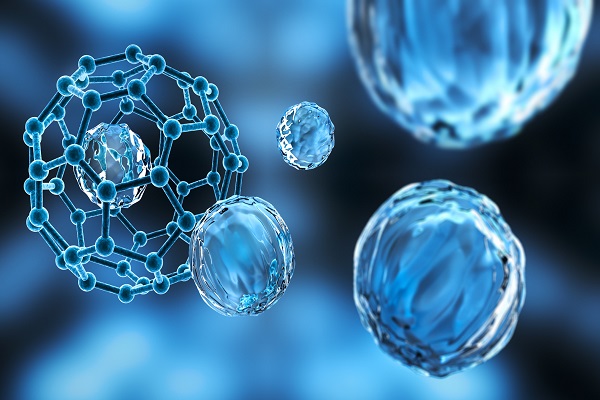Nanoparticles disabled ( Inactive nanoparticles ) _ Nano PhD in microelectronics
Researcher and author: Dr. ( Afshin Rashid)
Note: Many methods have been developed for the production of nanoparticles or nanostructured particles, which include vapor, liquid and solid state processes. In general, chemical reactions to produce nanoparticles can take place in any of the solid, liquid, and gaseous states.
The structure change in nanoparticles is a prefix that minus the ninth power of ten, that is, one billionth. Here it means that nanometers are used for length. The behavior of particles of one nanometer with very little length corresponds to one billionth of 1 meter, one millionth of 1 millimeter, or one thousandth of one micrometer. The common methodfor producing materials in solids is toincreasethecontactsurface of the particles by crushing them, and then to increase the penetration of atoms and ions, this mixture increases at high temperatures. In chemistry, the substances with which chemical reactions begin are called reactants and the substances with which the reaction (reactant) is carried out. The reactants can be solid, liquid, or gaseous. In addition, the reactants are either an independent element themselves or can be in the form of multi-component compounds. Multicomponent compounds are commonly called precursors.
Researcher and author: Dr. ( Afshin Rashid)
PhD in Nano-Microelectronics




